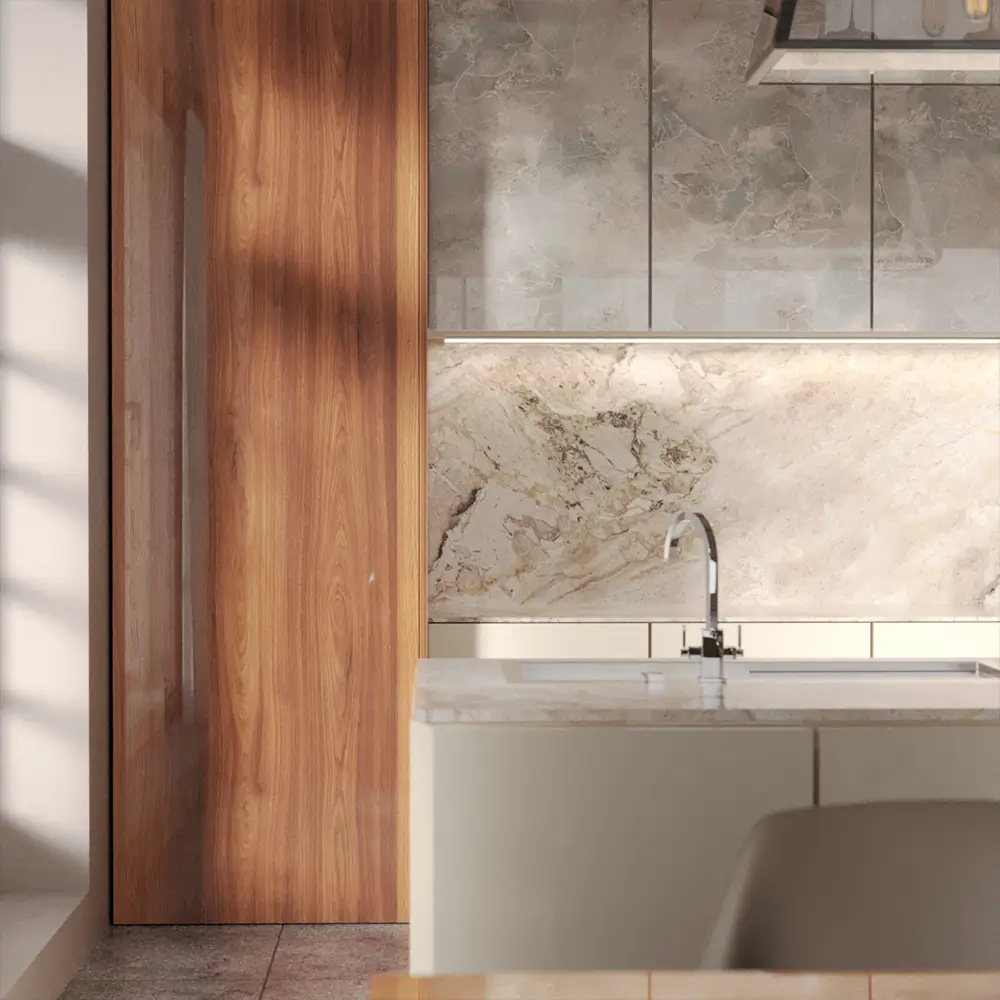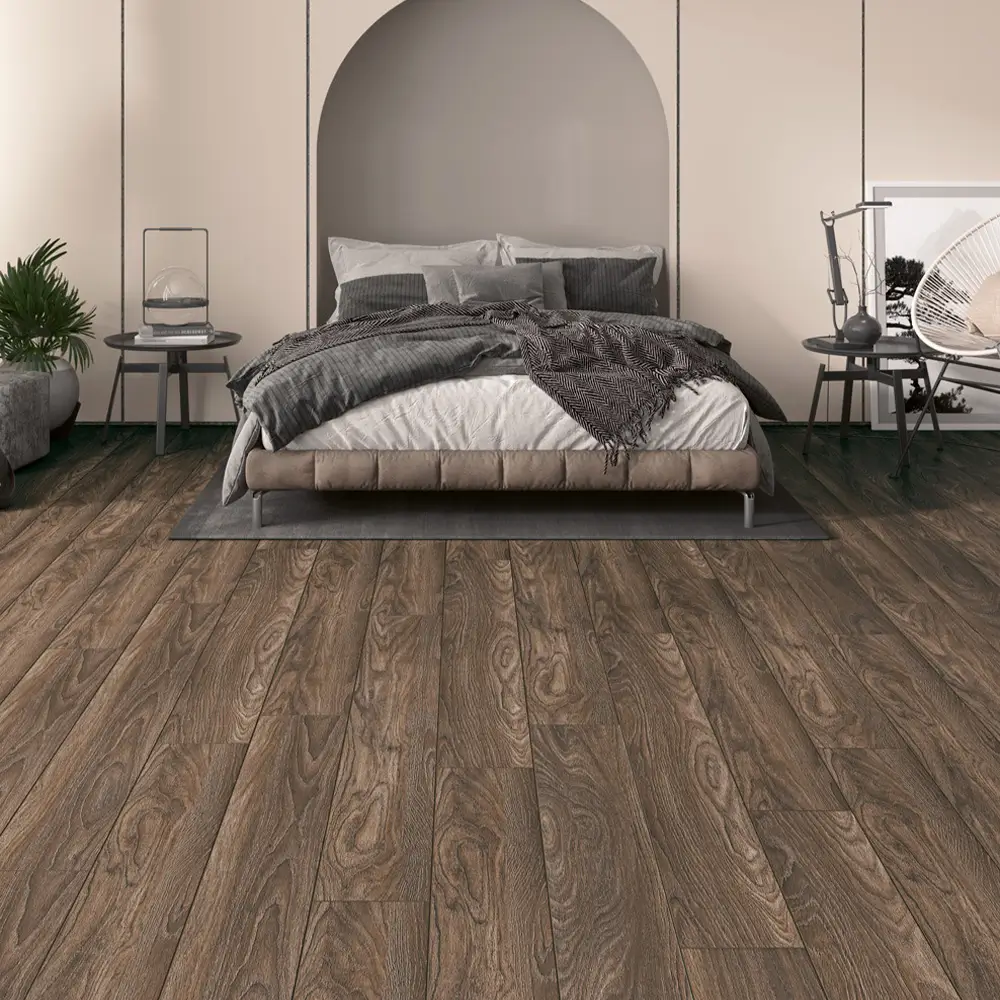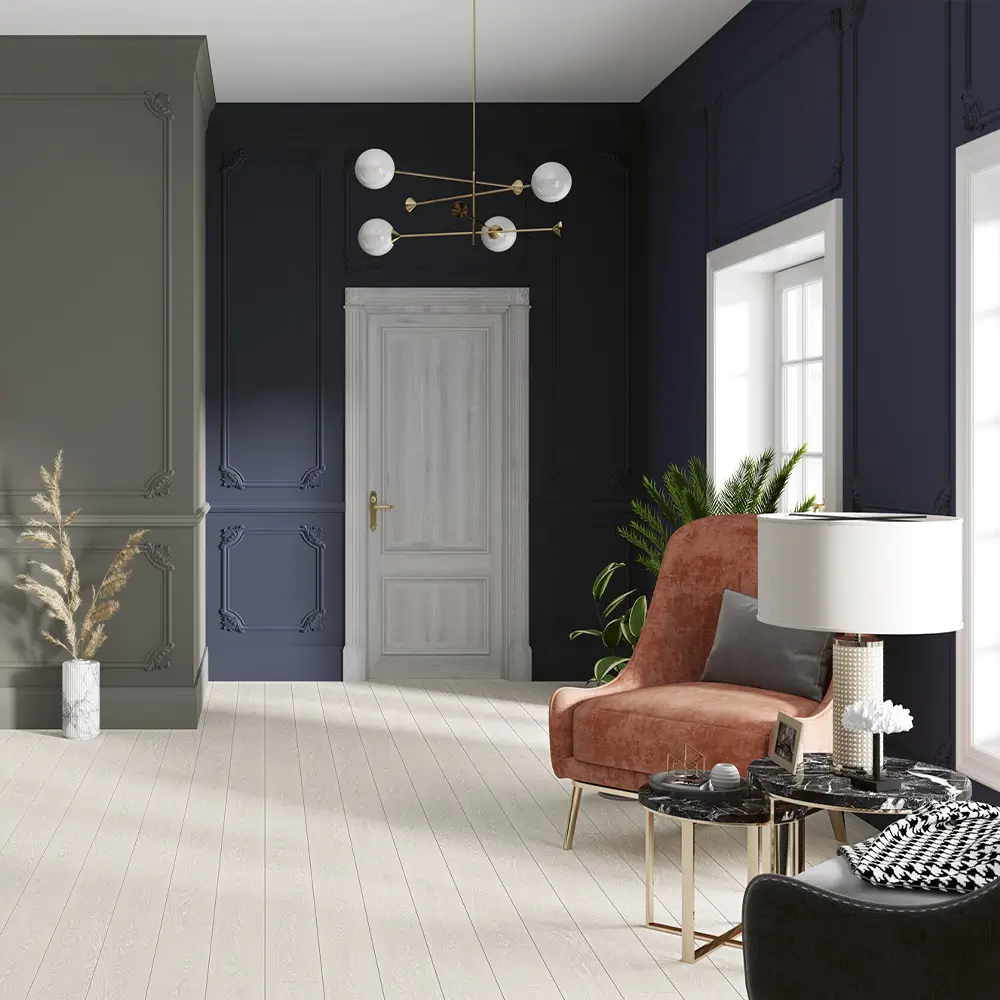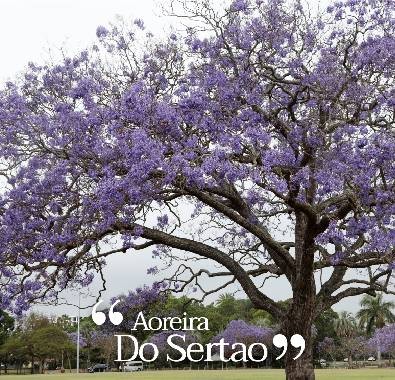
Category
inspiring ideas
inspiring ideas
This month in our special blog content in the footsteps of trees on every continent: Aroeira-do-sertão, Rose of Venezuela, Jakaranda, and Caribbean Trumpet Tree... Our journey tracing trees on every continent continues in February in the warm and friendly lands of South America.
Nature's healing: Aroeira-do-sertão
The first tree we hosted on our social media in February is the Aroeira-do-sertão Tree, which is known as "Astronium Urundeuva" in Latin and promises a riot of colors to the eyes. Classified as a timber tree, Aroeira-do-sertão is often used in beekeeping activities. Aroeira-do-sertão is a tree native to countries such as Argentina, Brazil, Bolivia, and Paraguay, and is frequently observed throughout the South American continent. The Aroeira-do-sertão tree, which carries the healing power of nature, is widely used in Brazil for the treatment of stomach ailments. The Aroeira-do-sertão tree is highly sensitive to substances that destroy plants, such as glyphosate. Therefore, in order for the tree to grow properly, suitable conditions must be provided around it. Aroeira-do-sertão, which reflects the warm and friendly face of the South American continent in its vibrant colors, attracts attention with its beautiful shades of purple and green.
Beauty that stirs the senses: Rose of Venezuela
Another tree native to South America with the Latin name "Brownea Grandiceps" is known as "Rose of Venezuela". Although Rose of Venezuela is native to the South American continent, it is preferred all over the world for decorative purposes. A small and slow-growing tree, Rose of Venezuela has very thick branches that reach almost 6 meters in height. Rose of Venezuela has drooping leaves that are gray to brown in color and have a slightly corrugated stem. The leaves of the tree are adorned with 12 to 18 thin and long, oblong or lanceolate hair-like appendages. When the tree's flowers first bloom, the drooping petals are pale green with pink and cream-colored dots in the middle. As the flower matures, the color changes from brown to pink and finally to a shady green. Growing in countries such as Brazil, Ecuador, Honduras, Venezuela, and Colombia, the tree's favorite temperature is 13 degrees Celsius. Rose of Venezuela is very difficult to grow below this temperature.
A reflection of nobility in nature: Jacaranda
Jacaranda Mimosifolia, also known as Jacaranda, is another tree that mirrors the warm and friendly culture of South America, where the purple flowers hanging from its branches can reach 4 centimeters in length. Jacaranda, one of the exotic tree species, means fragrant. Jacaranda, which requires a warm climate to grow and bloom, is native to South America but can also be found in parts of Australia and South Africa with tropical climates. In fact, the city of Pretoria in South Africa is known as Jacaranda City or Jacarandastad, thanks to the Jacaranda trees that surround it. Buenos Aires, the capital of Argentina, becomes a festival every year in October when the Jacarandas bloom.
Hot as the sun: Caribbean Trumpet
The last tree native to the South American region is the "Tabebuia Aurea" or "Caribbean Trumpet Tree", which is found in countries such as Suriname, Brazil, Bolivia, Peru, Paraguay, and Argentina. Growing up to 8 meters tall, the bright yellow flowers of this tree have a diameter of approximately 6.5 centimeters. With flowers that grow spectacularly in tropical and subtropical regions, the Caribbean Trumpet Tree creates spectacular and decorative displays. Follow Yıldız Entegre's social media accounts throughout February to get to know the warm, friendly, and colorful trees unique to the South American continent better...
The Free State of Your Living Spaces: Eclectic Decoration Style
PREVIOUS
Bauhaus School and Today's Understanding of Design
NEXT


